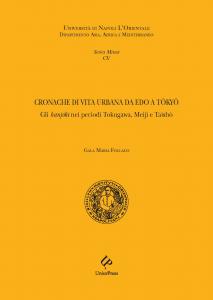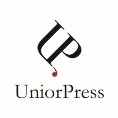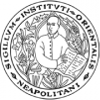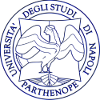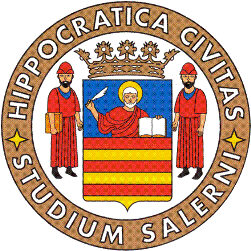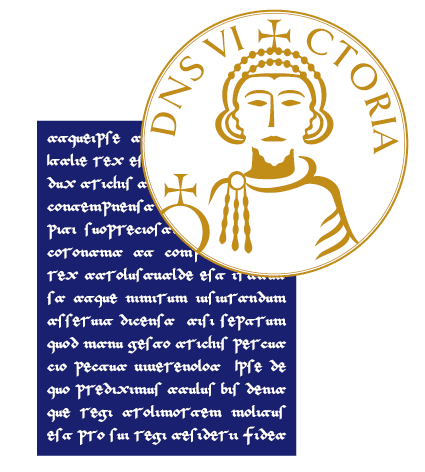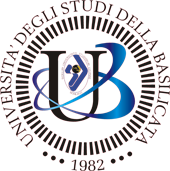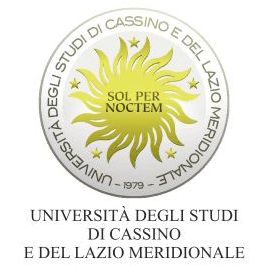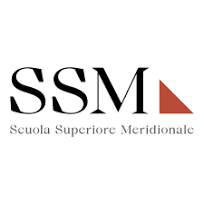CRONACHE DI VITA URBANA DA EDO A TŌKYŌ: Gli hanjōki nei periodi Tokugawa, Meiji e Taishō
Keywords:
1) Urban representation, 2) Literary modernization, 3) Hanjōki, 4) Kanbun, 5) Japanese Modern NovelSinossi
Editore: UniorPress
Collana: Fuori Collana
Pagine: 216
Lingua: Italiano
NBN:
Abstract: Nel quadro della modernizzazione letteraria dell’epoca Meiji, gli hanjōki (cronache di fioritura) costituiscono un fenomeno testuale singolare e sfuggente, al crocevia tra topografia, letteratura e critica sociale. Pur caratterizzati da un’attenzione spiccata allo spazio urbano, che li allinea da un punto di vista tematico al nascente canone moderno, gli hanjōki ne restano esclusi per due motivi fondamentali: non sono romanzi e sono redatti prevalentemente in sinitico (kanbun), laddove la nuova letteratura promuoveva il giapponese vernacolare. Il presente volume esamina l’evoluzione di questo filone da Edo hanjōki (1832-1836) di Terakado Seiken fino ai testi pubblicati agli albori dell’epoca Shōwa, analizzandone la funzione nella rappresentazione e costruzione dello spazio urbano moderno. Gli hanjōki storici, fedeli all’archetipo, adottano toni umoristici e dissacranti, celando sotto la narrazione della “prosperità” una critica spesso feroce della decadenza sociale. La loro influenza, benché marginale nel canone, si fa sentire nella sensibilità urbana di autori moderni che ne fecero lettura assidua e ispirazione diretta. L’indagine si sofferma su momenti chiave della trasformazione urbana e letteraria, come il cruciale anno 1874, che vide la pubblicazione simultanea di quattro hanjōki, e analizza la successiva diversificazione del genere, fino alla sua ibridazione in chiave turistica e divulgativa. Questo studio propone una rilettura critica del ruolo degli hanjōki nella storia letteraria giapponese, valorizzandone l’apporto alla rappresentazione della città e alla formazione del romanzo moderno.
Downloads
